II History of the manuscripts
Immediately after Harriot’s death in 1621, the papers were bundled and delivered to his closest mathematical colleague, Nathaniel Torporley. We have an inventory of the papers at that time, written out by Thomas Aylesbury, one of Harriot’s executors. Torporley began the work of sorting and selecting the material but for some reason, perhaps infirmity or age, did not complete it. The Artis analyticae praxis (1631) was eventually edited by another of Harriot’s close friends, Walter Warner. From then on, the fate of the papers becomes difficult to trace. There is evidence that as late as 1651 they were still held by Aylesbury, perhaps with a view to further publication. After that they disappear from the historical record for more than a century. During the 1660s, the Royal Society, well aware of Harriot’s reputation, instigated more than one search for the manuscripts, but without success.
Eventually, in 1784, the papers were rediscovered at Petworth House in Sussex, which had once been the home of the Earl of Northumberland. The discovery provoked new interest in Harriot, especially in his astronomical observations, which were seen to be in many ways similar to those of his contemporary Galileo. For a while, Oxford University Press planned to publish some of the papers, under the editorship of Franz Xaver Zach, but once again the plans came to nothing. The most unfortunate result of this failure was that the papers became separated: those held by Zach were eventually returned to Petworth, where they remain to this day as HMC 240 and HMC 241. In the meantime, the rest of the papers had been donated to the British Museum, and were later transferred to the British Library as Add MS 6782 to 6789. This separation means that related papers are now found not only in different volumes but sometimes even in different libraries. This is a difficulty that the Harriot Online project is able to overcome, by re-uniting the scattered papers on a single platform.

